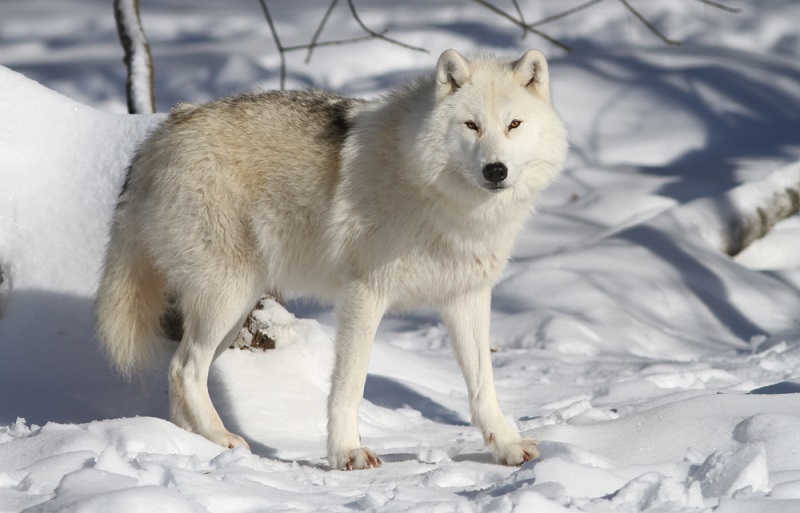
Arctic wolves are a subspecies of Gray Wolf, meaning the two types of wolves can still interbreed. However, the species are separated not only by territory but also by lifestyle and behavioral traits. The Arctic wolves occupy a much more northern region than the Gray Wolf, living on the frozen tundra of North America and Greenland. Plus, Arctic wolves have learned to use caves, rock formations, and simple depressions in the land as “dens”. Since the ground is frozen solid, Arctic wolves cannot dig dens into the ground like their Gray Wolf cousins. Arctic wolves, like most wolf species, hunt in packs and maintain a rigorous social structure. Typically, only the “highest-ranking” members of the pack are allowed to breed – known as the Alpha Male and Beta Female. These two individuals control the actions and movement of the pack as they search the tundra for their favorite foods. Arctic wolves tend to hunt muskoxen, which move in herds through the tundra, and Arctic hares, which occupy many areas of the tundra. Arctic Wolves tend to establish large territories where they can hunt. Arctic wolves use advanced communication and hunting tactics to bring down large muskoxen. However, it still takes many wolves to bring down large muskoxen. So, wolves tend to focus on the elderly, young, and sick members of the muskoxen herd. When muskoxen are not available, Arctic wolves focus their hunting efforts on Arctic hares, caribou, and any other tundra animals they can catch. While Arctic wolves are a fascinating creature on their own, studying Arctic wolves can help us learn about many different biological concepts. The arctic wolf is a fascinating and complex species, that shows many important and interesting biological concepts. In fact, just by studying this one species, we can see many biological concepts in action! Speciation is the process through which new species are created. The arctic wolf is actually a subspecies of the Gray Wolf. A subspecies is still very closely related to the parent species, but they have become distinct through many generations that do not interbreed between groups. The Arctic Wolf has a very northern range. These wolves specialize by feeding on muskoxen and arctic hares. The Gray Wolf, by contrast, has a much more southern range and specializes feeding on prey like deer, elk, and moose. While this might not seem like a big difference, it actually creates barriers between the two groups. The Gray Wolf and Arctic Wolf are still considered one species because they can still technically interbreed – their actual genes have not changed much. However, interbreeding between Arctic Wolves and Gray Wolves is unlikely to happen because they live such different lives. Gray Wolves are used to digging dens, whereas Arctic Wolves cannot dig through the frozen permafrost of the northern tundra and must use rock outcroppings, caves, and other forms of shelter. Plus, the Gray Wolf and Arctic Wolf occupy different regions and do not usually cross paths. Further, the two subspecies must hunt for prey in very different ways. Gray Wolves can live in smaller groups to take down deer and elk, but the Arctic Wolf must live in fairly large groups to bring down their very large prey: the muskoxen. Together, these slight differences keep the groups separated just enough that they may someday become completely different species! Arctic wolves, as the top predator in their environment, also display the concepts of Apex Predators and Keystone Species. An apex predator sits at the top of the food web. Every healthy ecosystem has an apex predator, the animal that keeps all the lower animals in check by eating them. The presence of an apex predator signals that an ecosystem is well-balanced. The apex predator eats many of the herbivores and smaller predators, ensuring that they do not reproduce too quickly and destroy all of the plant life in an ecosystem. Because of this, the Arctic Wolf is also considered a “keystone species”. Ecologists look at keystone species as a signal of a healthy ecosystem. There are many different kinds of keystone species that play many roles in an ecosystem. The presence of Arctic Wolves tells an ecologist that there are plenty of muskoxen and hares to feed the wolves, which in turn must feed on a plentiful supply of plants. Thus, just by seeing a group of arctic wolves that are healthy and hunting, an ecologist can assume that all of these other animals are present and healthy in an area! If you know anything about wolves, you probably know that all wolves howl. However, you may not know just how complex wolf communication can be! Wolves communicate with a large number of signs, smells, sounds, and behaviors. Howling is a method that multiple packs of wolves can use to communicate their location. This helps wolves establish territories and avoid conflicts with other packs. By hearing the howling of another pack, wolves are able to compare the size of their pack to others so they can avoid actually seeing and fighting the other pack for territory. The smaller pack, upon hearing the howling of the larger pack, simply moves to another area to find food. Further, wolf pacts are able to mark their territory with urine. Wolves produce a number of pheromones in their urine, that give off a very strong scent (to other wolves). The Arctic Wolf is no exception and packs regularly mark their territory through urination to deter competing packs from entering. On a more individual level, wolves use even more forms of communication. They essentially “talk” to each other using growls, barks, snarls, and other noises. Like humans, they also use body language to convey many messages. They can pin their ears back and show their teeth to tell another wolf “no”, or they can wag their tail and give a “play bow” if they want to play. In fact, scientists have even found that the ears and the snarl relate to levels of fear and aggression, respectively. This can be seen in the graph below, with the top right corner being the most aggressive and fearful communication display. Arctic wolves even use these methods of communication to coordinate their attacks on large prey, such as adult muskox! Arctic wolves and Gray Wolves provide an excellent case study for how humans can negatively impact a species. Though these two groups of wolves are technically the same species, they occupy very different habitats. The Arctic Wolf inhabits the high-North, where very few people are found. As such, Arctic Wolves are of “Least Concern” when it comes to extinction. The Gray Wolf, on the other hand, has been decimated by hunting, revenge killings (when a wolf kills livestock, so a farmer kills a wolf), as well as human development that has destroyed Gray Wolf habitat. Since humans are really the only difference between these species, it is clear that humans have negatively impacted the Gray Wolf.
Kingdom
Animalia
Phylum
Chordata
Class
Mammalia
Order
Carnivora
Family
Canidae
Genus
Canis
Species
Canis lupus arctos
Niche
Apex Predator
Length
40-70 in (1-1.8m)
Weight
100-160 lbs (45-70kg)
Lifespan
7 – 10 years
Social Structure
Pack
Conservation Status
Least Concern
Preferred Habitat
Frozen Tundra of North America and Greenland
Average Litter Size
2-4
Main Prey Species
Muskoxen, Arctic Hare, Caribou
Predators
Humans, rarely
The Basics
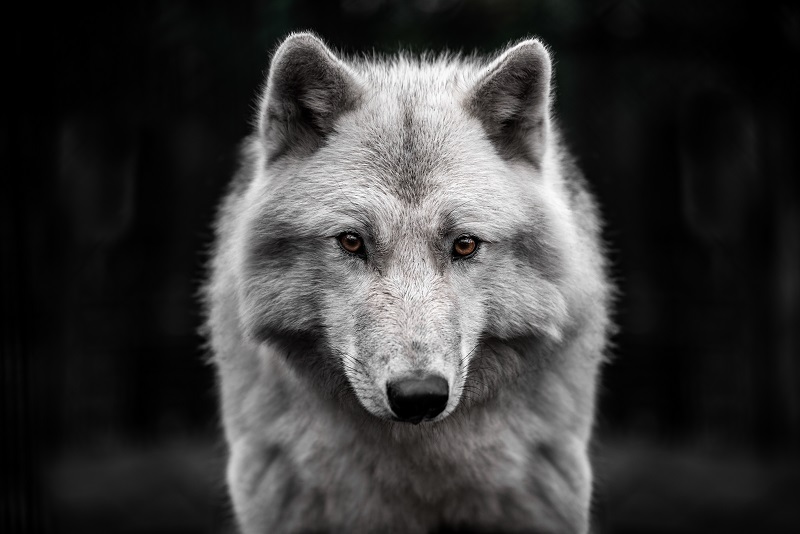
Interesting Insights from the Arctic Wolf!
Speciation
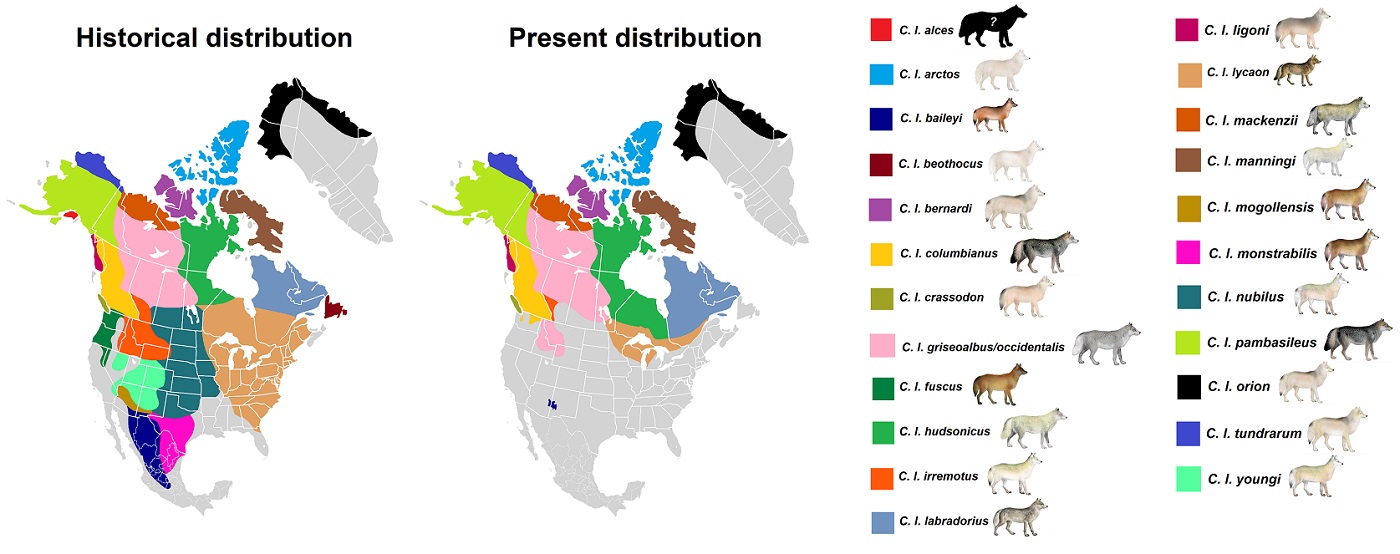
Apex Predators as a Keystone Species
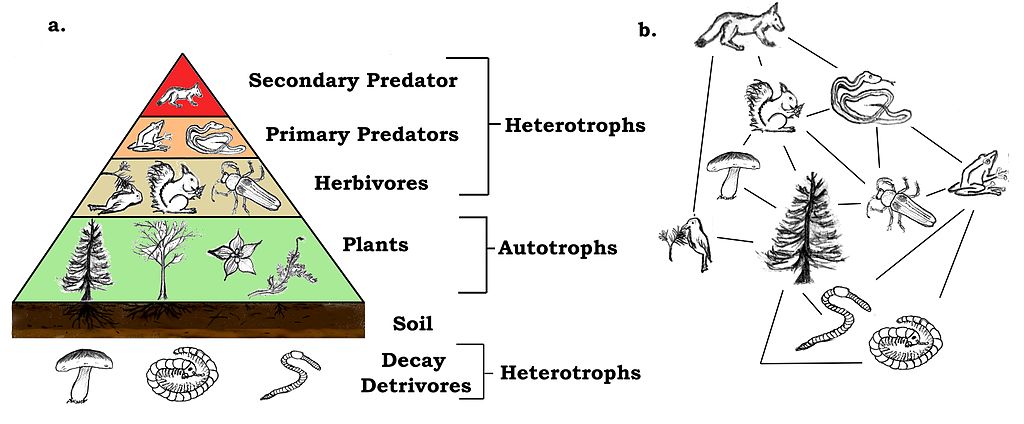
Animal Communication
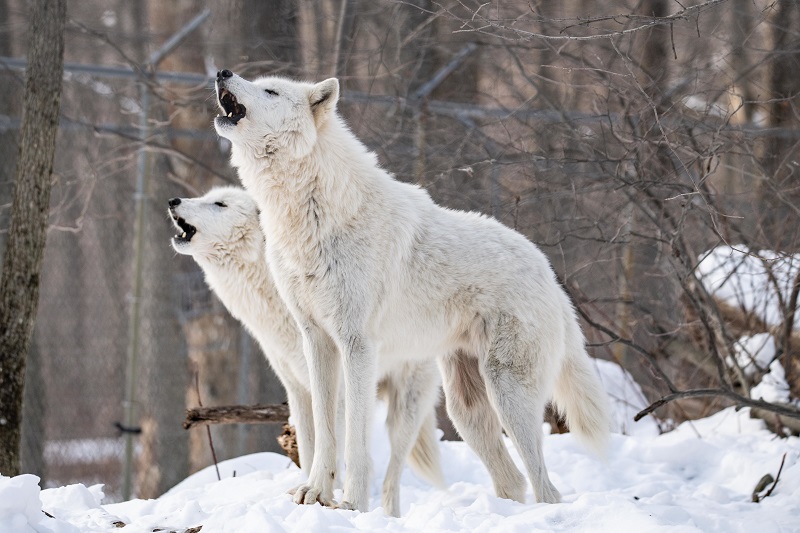
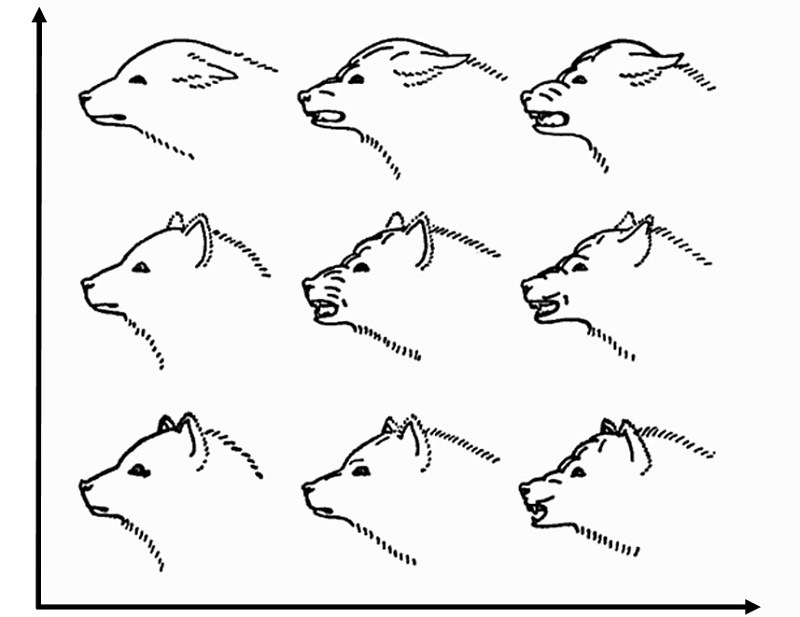
Human Impacts
